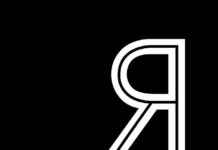Ian McEwan’s novel Atonement is a complex and intricate work that explores themes of accusation, guilt, and redemption. The story revolves around 13-year-old Briony Tallis, who falsely accuses her sister’s classmate, Robbie Turner, of a crime he did not commit. This accusation sets off a chain of events that reverberate through World War II and beyond. The challenges of adapting such a literary novel into a live dance performance are numerous, as the novel relies heavily on detailed descriptions and shifting perspectives.
Cathy Marston’s ballet adaptation of Atonement reimagines Briony as a choreographer, using dance to convey the internal conflicts and emotions of the characters. The ballet captures the unruliness of youth, the awkwardness of first love, and the devastation of war. The use of dance to convey the themes of the novel adds a new layer of complexity and emotion to the story.
The ballet adaptation also makes some significant changes to the original novel, such as revising the pivotal letter into a diary and making the rapist, Paul, visible during the assault on Lola. These changes alter the dynamics of the story and add new dimensions to the characters. The ballet culminates in a powerful finale that brings together the themes of accusation, guilt, and atonement in a visually stunning and emotionally resonant way.
Overall, Marston’s adaptation of Atonement is a bold and ambitious work that successfully translates the themes and emotions of the novel into a captivating dance performance. By reimagining the story through dance, Marston brings a fresh perspective to the classic tale of love, loss, and redemption.















